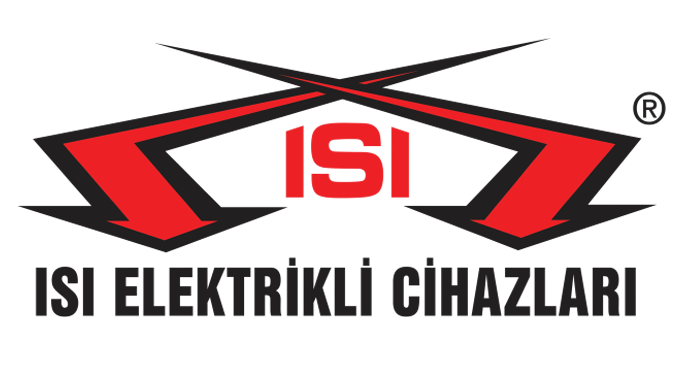Heaters in the Aviation Sector
The aviation sector is an extremely complex field in terms of technology and engineering, and the quality, reliability, and durability of components in this field are of utmost importance. Heaters used in the aviation sector play a significant role within this context.Heaters in the aviation industry are typically found in various systems, components, and equipment of aircraft. They are utilized to strengthen the electrical systems of aircraft, control the heating of electrical components, regulate climate control systems, and perform many other critical functions.Heaters Used in the Aviation Sector
- Anti-Icing Heaters: Aircraft wings, antennas, sensors, and other critical areas are prone to icing. Anti-icing heaters are used to prevent icing or to remove ice from these areas.
- Engine Heating Heaters: Engine heating heaters are used to prevent aircraft engines from cooling in cold weather conditions. They facilitate the easy start-up of the engine and prevent icing on engine components.
- Cabin Heating Heaters: Cabin heating systems are used for the comfort of passengers and crew. Cabin heating heaters are used to maintain or adjust the temperature inside the cabin.
- Fuel Line and Tank Heating Heaters: Fuel lines and tanks are at risk of freezing in cold weather conditions. Fuel line and tank heating heaters are used to ensure the flow of fuel and prevent freezing.
- Sensor Heating Heaters: Sensor heating heaters are used to ensure the accurate operation of sensitive sensors at low temperatures. These heaters keep the sensors at the desired temperature.
- Electronic Control Heaters: Electronic control heaters are used for temperature control in aviation electronic systems. These heaters ensure that electronic components operate within specific temperature ranges.
- Cargo Compartment Heating Heaters: Precise cargoes carried in aircraft may need to be maintained within specific temperature ranges. Cargo compartment heating heaters ensure that the cargo is maintained at the desired temperature.
Technical Details to Consider in Aviation Heater Selection
- Temperature Range: The operating temperature range of the aviation heater should meet the requirements of the application. The heater used in aircraft systems should be designed to withstand existing ambient temperatures and changing flight conditions.
- Power Rating and Capacity: The heater should have a specific power output sufficient to meet the requirements of the application. The power capacity of the heater should be suitable for the heating or control requirements set for the application.
- Voltage and Current Ratings: The operating voltage and current ratings of the aviation heater should meet the electrical requirements of the application. It should be compatible with the electrical components used in aircraft systems.
- Durability and Environmental Conditions: Aviation environments can be harsh and variable. The heater should be made of durable materials and resistant to various environmental conditions such as moisture, vibration, pressure, etc.
- EMC (Electromagnetic Compatibility): Compliance with electromagnetic compatibility standards ensures protection against electromagnetic interference and ensures compatibility with other electronic systems.
- Size and Ease of Installation: The physical dimensions of the heater should be suitable for the application area and easy to install. Heaters used in limited spaces should be compact.
- Certification and Compliance: Heaters used in the aviation industry generally need to comply with specific certification and compliance standards to ensure the safety and suitability of the application.
- Cost-Effectiveness: The cost of the heater should be within the application's budget. However, factors such as performance, durability, and reliability should also be considered alongside cost.
Aviation Heaters

-500x500.jpg)
-500x500.jpg)
-500x500w.jpg)
-500x500.jpg)
-500x500.jpg)
-500x500.jpg)